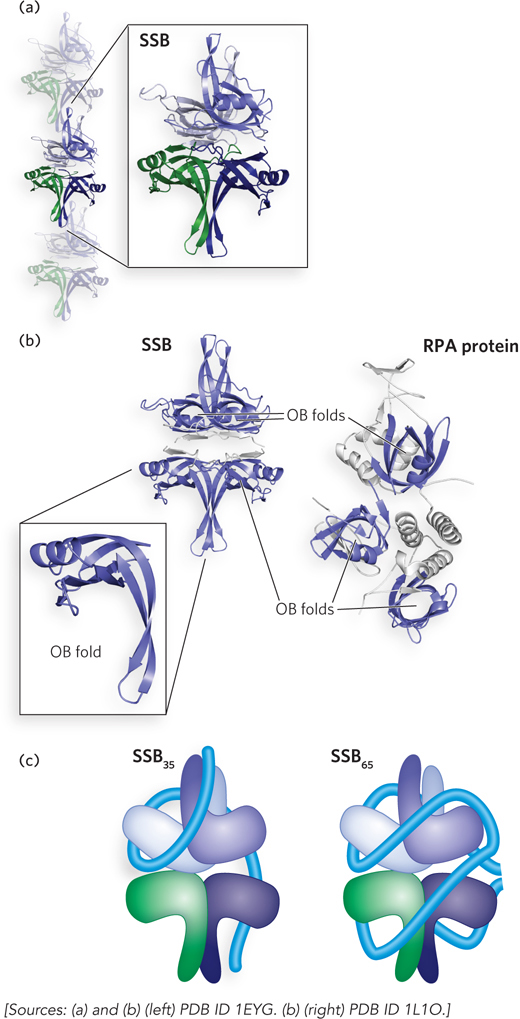
Binding of single- e- A– e- A– e- e- e- 1- 2- 3- 5- 4- e- e- e-